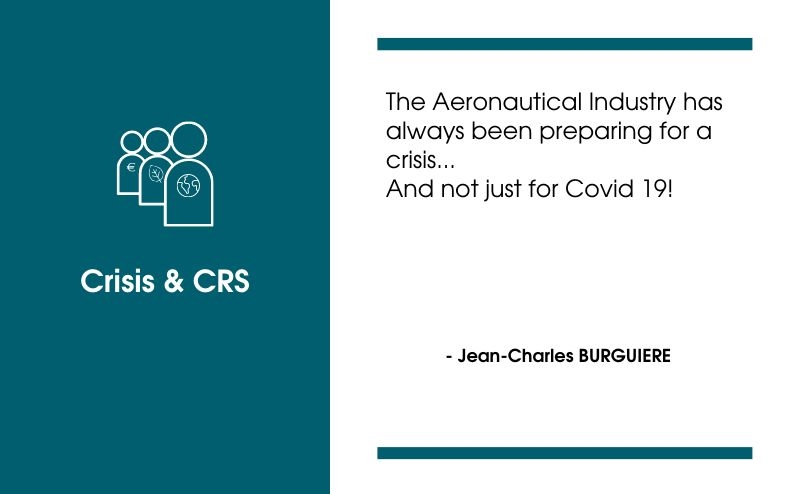
Continuous innovation has always been key for aircraft manufacturers
Crisis & CRS
Jean-Charles BURGUIERE
Co-Head of The Aerospace & Defence Tribe ATR, Sales Director - Leasing Markets(TBS 2004)
 |
JC Burguière: It is true that some behaviors have evolved, but flying remains the solution for serving numerous communities, accessing islands and remote places (particularly extreme-cold zones or high altitude airfields), crossing seas/oceans and thus bringing cultures closer together, fulfilling humanitarian missions with reactivity, transporting cargo (masks and vaccines are recent examples) or taking part in the fight against forest fires in the summer... It is also good for growth: data show that an increase in regional air transport has a direct impact on a given territory's tourism of course but also on its overall economic development and on the investments received from abroad.
So even during the pandemic, the ATRs remained operational? JC Burguière: Of course they did! And in reality, not everything has stopped during the crisis.
|
So we can say that ATR finally got through this health crisis rather well?
JC Burguière: ATR is a joint venture between Airbus and Leonardo (40 years old this year!), a strong anchor tenant that has enabled us to go through past storms.
This Covid crisis reminds us that we must face another major crisis: the climate one. First, let us remember that aviation represents around 3% of the planet's greenhouse gas emissions. Turboprop technology is very efficient with its large propellers that cut CO2 emissions by 40% (nearly 5,000 tons less per year per aircraft) when compared to a regional jet aircraft of the same size. Today the travel time/CO2 emission ratio clearly favors a turboprop selection on short-haul routes.
However, we must continue to work towards de carbonization and many projects have been kicked off: SAF (Sustainable Aviation Fuel = biofuel) already works! Real test cases have also proved successful: in May 2019 the "Perfect Flight" between Halmstad (Sweden) and Stockholm airports took place. By optimizing trajectories and using biofuel, we could reduce by 46% CO2 emission compared to a "classic" ATR flight.
The hybridization of engines and the use of hydrogen by 2035 are real solutions for the future, the supply chain of this resource and the ecosystem that will go around it (airport infrastructures for example) must be developed in parallel.
To conclude, our market is very diversified with 200 operators in 100 countries, a great asset when it comes to getting through a crisis.









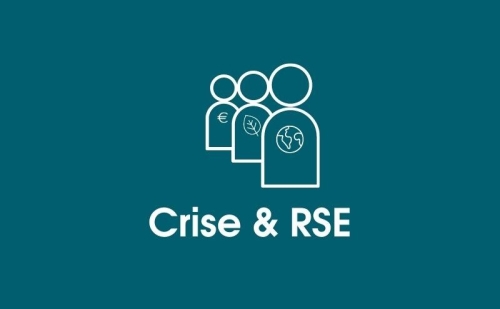
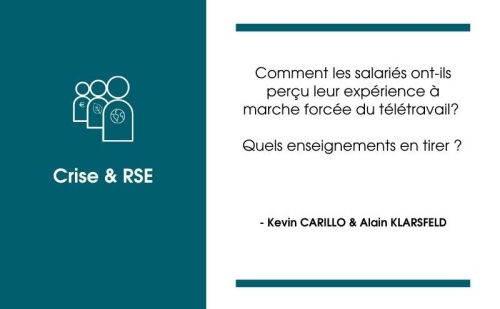
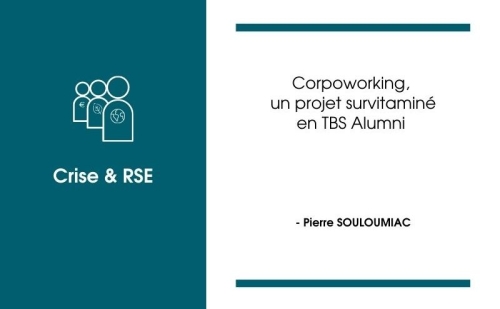





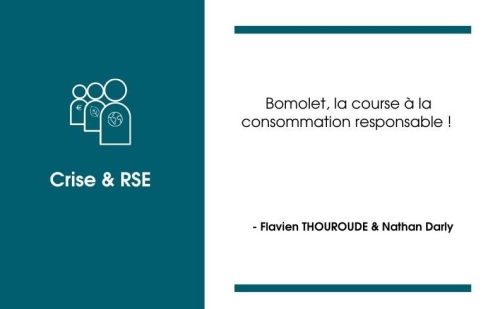

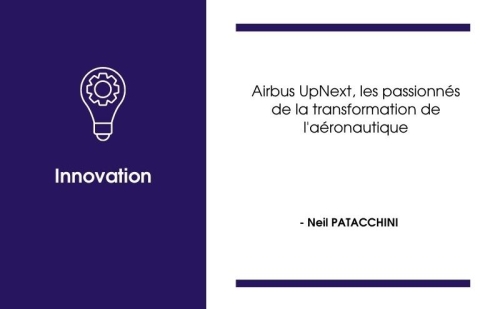
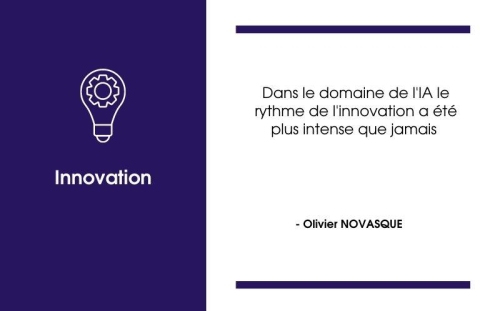


No comment
Log in to post comment. Log in.